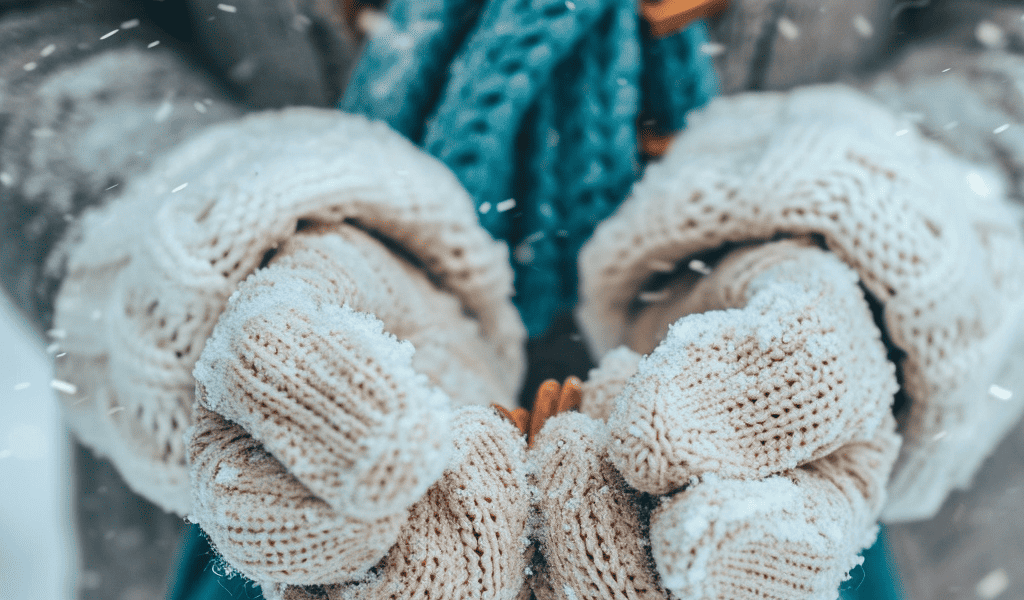Winter can be a magical time of year, but for those with Raynaud’s syndrome, it can bring about significant challenges. The condition, which causes blood vessels in the fingers, toes, ears, or nose to constrict in response to cold weather, emotional stress, and other triggers, can result in discomfort and potential tissue damage. Managing Raynaud’s during the winter months requires special attention to staying warm and dry.
Dr. Benjamin Abraham, a pain management specialist, warns that severe cases of Raynaud’s can lead to ulcers or tissue injury, and in extreme cases, even gangrene. To help individuals cope with this condition, Dr. Abraham and vascular medicine specialist Dr. Meghann McCarthy have shared some valuable tips for staying warm without exacerbating Raynaud’s triggers, as well as treatment options to consider.
Understanding Raynaud’s
Raynaud’s can be categorized as either primary or secondary. Primary Raynaud’s, often seen in younger women and people assigned female at birth, typically involves painful but short-lived attacks. On the other hand, secondary Raynaud’s is linked to underlying autoimmune conditions or certain medications, which can lead to more severe symptoms such as ulcers and skin sores.
10 Cold Weather Tips for Managing Raynaud’s
1. Use foot warmers and hand warmers to maintain warmth in extremities.
2. Layer clothing to trap body heat and protect against sharp shifts in temperature.
3. Wear gloves and socks made of insulating materials, such as wool or thermal fabric.
4. Avoid sudden changes in temperature, as they can trigger Raynaud’s attacks.
5. Stay dry to prevent moisture from exacerbating the cold.
6. Keep your home and workspace warm to maintain a comfortable environment.
7. Engage in regular physical activity to promote circulation and warmth.
8. Practice stress-reducing activities, as emotional stress can trigger Raynaud’s.
9. Consider biofeedback therapy to learn how to control body temperature and blood flow.
10. Discuss medication options with your healthcare provider if necessary.
By implementing these tips, individuals with Raynaud’s can better manage the condition and enjoy the winter season with greater comfort and ease.





